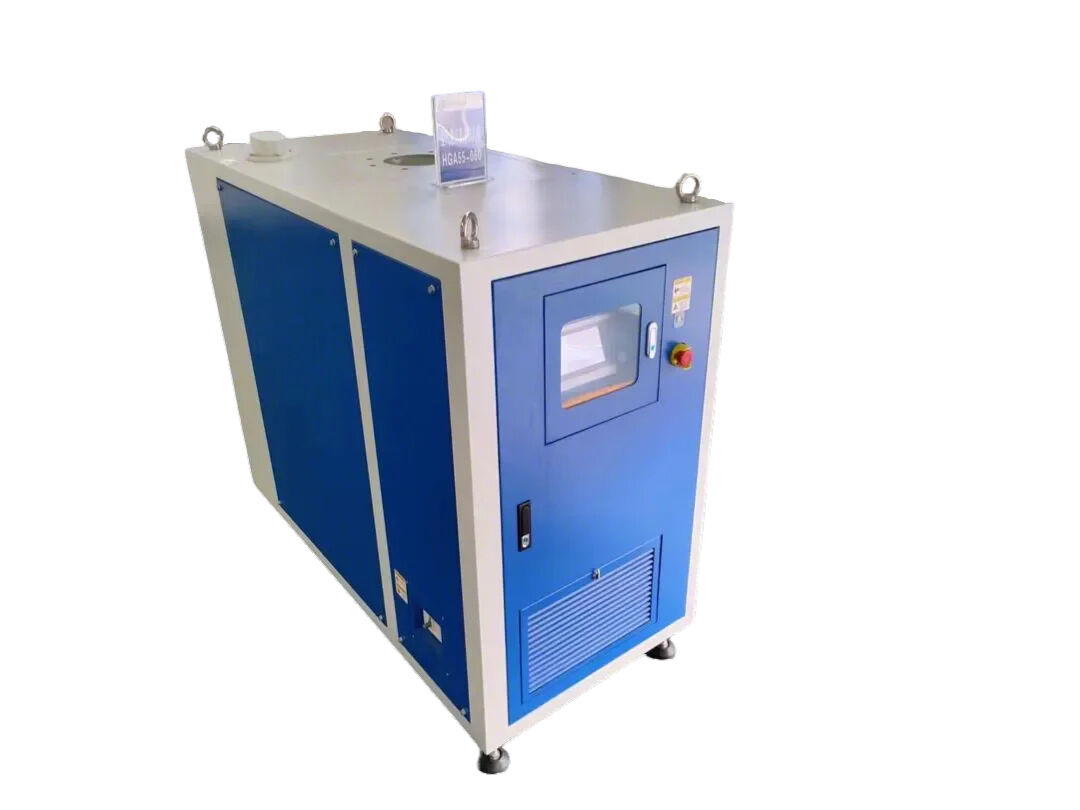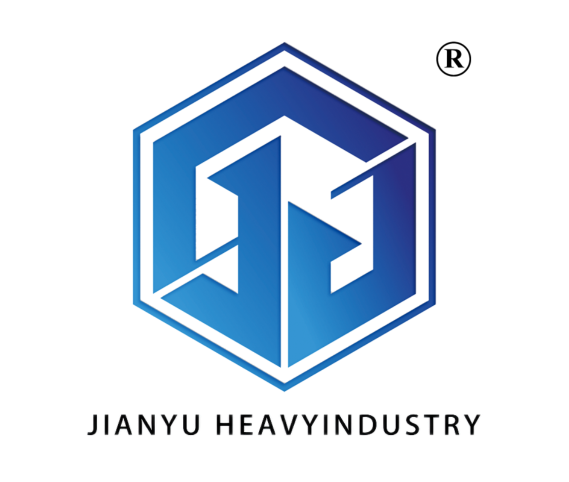air conveying
Air conveying represents a sophisticated material handling solution that utilizes compressed air to transport various materials through enclosed pipeline systems. This technology employs the principles of pneumatic conveying, where materials are suspended and propelled by air streams within a controlled environment. The system consists of essential components including air compressors, feeding devices, conveying pipes, and receiving units. Modern air conveying systems can handle diverse materials ranging from fine powders to granular substances, making them invaluable across multiple industries. The technology operates through either positive pressure or vacuum systems, offering flexibility in material transport configurations. Advanced control systems monitor and regulate air pressure, velocity, and material flow rates to ensure optimal performance and efficiency. These systems can be designed for both horizontal and vertical transport, with the capability to navigate complex routing requirements through buildings and facilities. Air conveying solutions provide contamination-free transport, crucial for industries requiring high levels of cleanliness and product integrity.



